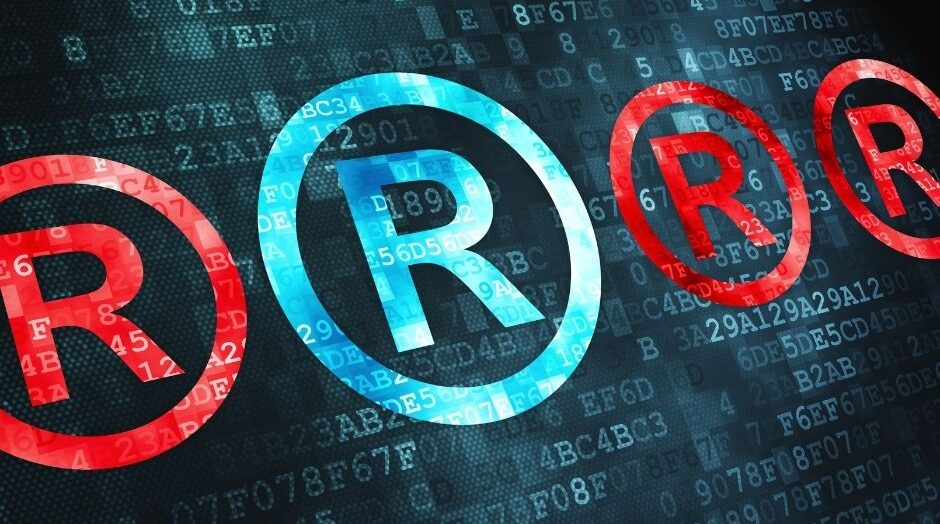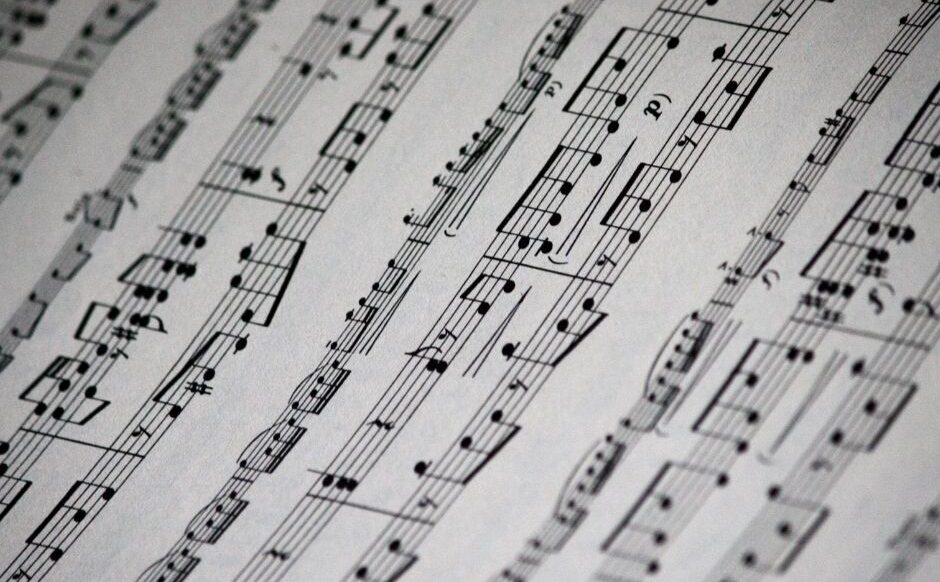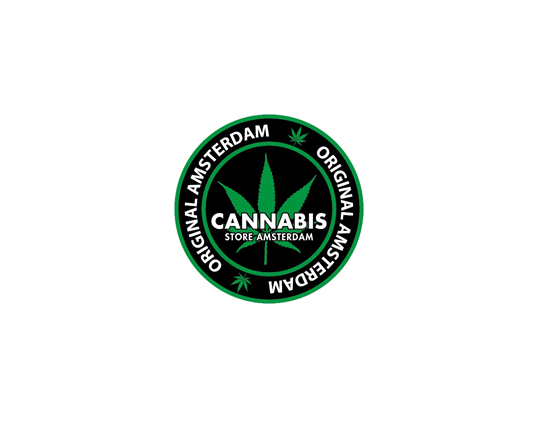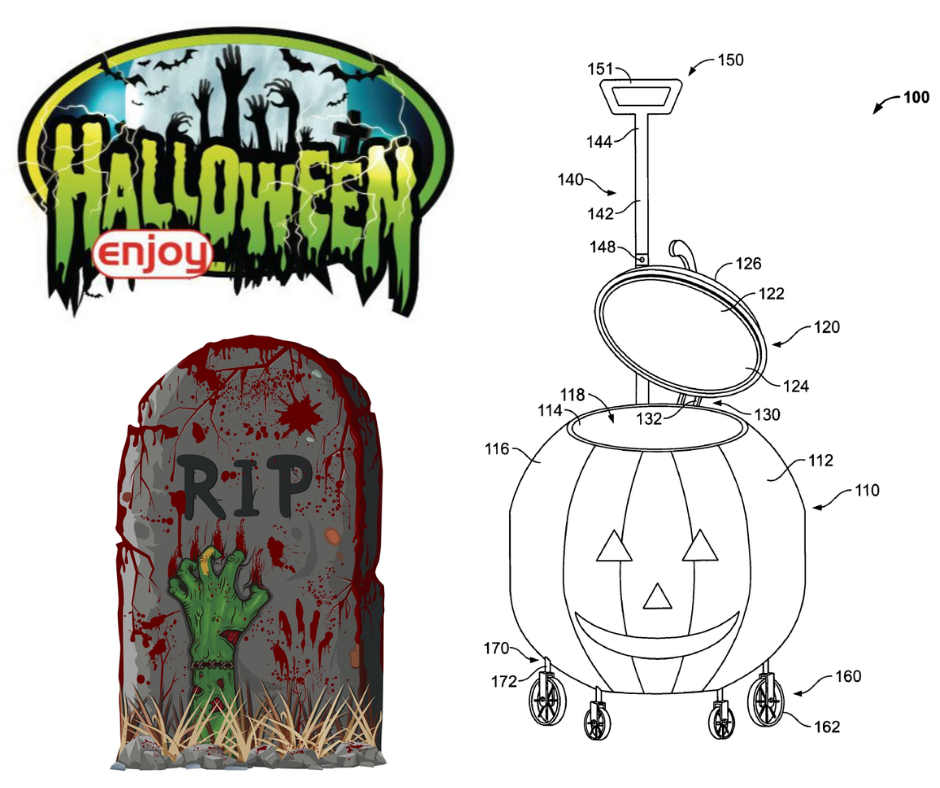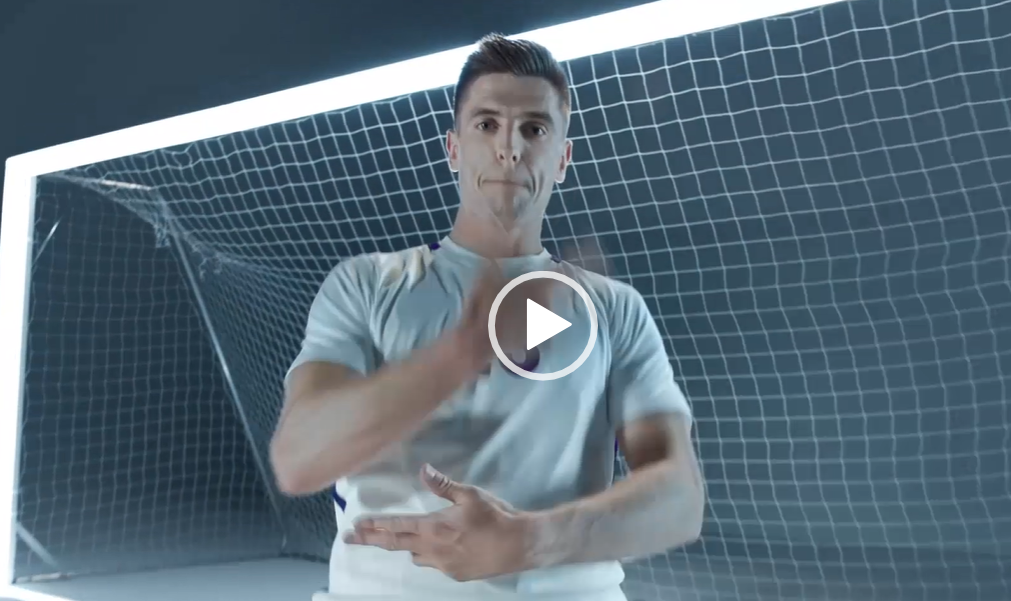For over half a year the world has been functioning in a new mode of “lockdown” and “social distancing”. Although we are gradually becoming used to the new reality as time goes by, we should still remember what important message is carried by these notions to all of us. To respond to this new difficult challenge of today, the appropriate steps have been taken by many famous brands, starting from those in motor industry, across food sector, ending in fashion brands. The incorporation of the idea of social distancing into trademarks demonstrates how, through the so-called “being up to data”, brand owners can take the opportunity to additionally refresh recognition of one’s brand on the market.
Below there are a few examples of the most interesting modifications of trademarks representing famous brands referring to the idea of social distancing, which the users of social media might have already encountered in the recent times.
The above (altered) designations have been created and are disseminated by the rightful owners or upon their consent, therefor there is no question of exclusive rights infringement. However, it is advisable to take a closer look at what might be the consequences, if such alterations were made by the parties other than the holder of rights to a trademark himself, or the holder of copyrights, or by a party acting without the exclusive right holder’s consent.
Because the above mentioned examples of designations constitute the works in the meaning of the law on copyrights, it is essential to ask oneself the following questions: is it necessary to obtain the right holder’s consent to make alterations in a designations and to subsequently disseminate such altered designation? And is it allowed to disseminate freely a parody, pastiche or caricature of a registered trademark (provided that such activities are not being performed by the mark owner himself)?
Parody, pastiche and caricature under the Copyrights Law
To Begin with, it has to be noted that all the issues concerning trademarks are comprehensively regulated under the Law on Industrial Property[1] (the “IP Law”). However, a designation being a trademark is also protected as a work under the copyrights law[2]. In the meaning of this law, a work shall be understood as any demonstration of creative activity having individual character, manifested in any form, regardless of its value, its intended purpose or the manner of expression[3]. Interference with the substance of another party’s work is as to the principle prohibited, however pursuant to art. 29 (1) of the Law on Copyrights there exist some exceptions from this principle which are contained within the limits of the so-called admissible exploitation: „It is admissible to use the work for the needs of a parody, pastiche or caricature, within the range justified by the nature of these mentioned kinds of creativity”[4].
Subsequently, a parody, pastiche or caricature, as long as they remain within the scope justifying these kinds of creativity, are permissible. This exception allows other parties to make alterations in someone else’s works as long as they are within the limits of this regulation. The above captioned „pastiche” – according to the definition from the Polish Language Dictionary – is „a plastic work or a literary or musical work, being a conscious imitation of another work or another style”[5]. The work created as a result of pastiche shall be understood as the following: „the work being a conscious imitation of the style of a specific creator or the kind, stream or era. It is close to a parody, however it differs from it in among others that it does not highlight, enhance or make a caricature of the features of the imitated original, but it is a kind of a hypothesis of the alleged work created in the characteristic style for a given creator, kind, stream or era”[6]. In the relevant literature concerning the discussed subject, there arise doubts whether the work created in such manner shall be classified as new, or only as an inspiration or elaboration of the previous one[7]. Finally pastiche does not have a mocking character, but it is only intended to highlight some essential features of a designation, at the same time demonstrating some features of creativity8. It is particularly important in the context of obtaining the consent of the author of the original work to disseminate further such created pastiche. Assuming that as a result of pastiche an autonomous work has been created, that is – a completely new work, it is not necessary to obtain the consent for its further dissemination, which is contrary to some dependent works. Therefore, sharing with the wide public a new variant of a trademark created as a result of a pastiche, which was made by a third party, and not by the right holder himself, shall not constitute the infringement of copyrights of the creator of the original work on the grounds of the regulations of the Law on Copyrights.
Summary
New disclosures of the logos of famous brands including all their essential elements, which are placed in some distance from one another and refer to the idea of “social distancing” – in view of the fact that they have not been created by the right holder himself – may be determined as the examples of a pastiche in the meaning of the copyrights law. Further dissemination of these newly created marks does not seem to constitute the infringement of regulations of the aforesaid Law in the context of copyrights.
[1] The Law on Industrial Property as of 28 January 2020 (Journal of Laws of 2020, item 286)
[2] The Act of 4 February 1994 on Copyrights and Related Rights (namely, Journal of Laws of 2019 item 1231 with later amendments).
[3] Art. 1 of the Act of 4 February 1994 on Copyrights and Related Rights (namely, Journal of Laws of 2019, item 1231 with later amendments).
[4] Art. 29 (1) of the Act of 4 February 1994 on Copyrights and Related Rights (namely, Journal of Laws of 2019, item 1231 with later amendmants).
[5] https://sjp.pwn.pl/sjp/pastisz;2570865.html
[6] Polish literature. PWN encyclopedic guide (ed. J. Krzyżanowski, Cz. Hernas), vol. 2, Warsaw 1985. [in:] Grzegorz Pacek, Commentary to art. 29 [1] The Act on Copyright and Related Rights [in:] A. Michalak (ed.), The Act on Copyright and Related Rights. Commentary, Warsaw 2019
[7] Sarbiński Rafał Marcin and Błońska Barbara. Art. 29(1). W: the Act on Copyrights and Related Rights. Commentary. Wolters Kluwer Poland, 2019.
8 Sarbiński Rafał Marcin and Błońska Barbara. Art. 29(1). W: the Act on Copyrights and Related Rights. Commentary. Wolters Kluwer Poland, 2019.

Dominika Fallach is the junior associatet at Patpol Legal. She is a graduate of the Faculty of Law at Kozminski University, and also has a scholarship of the ERASMUS + program at the University of Vaasa in Finland. She completed a summer law school of intellectual property, organized by the IPR University Center in Helsinki. Dominika started her attorney apprenticeship in 2021. Contact with the author



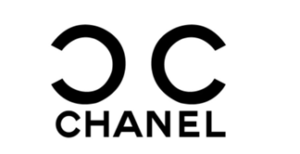 https://www.designbolts.com/2020/03/27/covid-19-social-distancing-impact-on-brand-logos/
https://www.designbolts.com/2020/03/27/covid-19-social-distancing-impact-on-brand-logos/
 https://www.facebook.com/Zara/videos/591262834814143/
https://www.facebook.com/Zara/videos/591262834814143/


 https://twitter.com/ComplexSneakers/status/1242501997057708034/photo/1
https://twitter.com/ComplexSneakers/status/1242501997057708034/photo/1
 https://twitter.com/ComplexSneakers/status/1242501997057708034/photo/2
https://twitter.com/ComplexSneakers/status/1242501997057708034/photo/2


